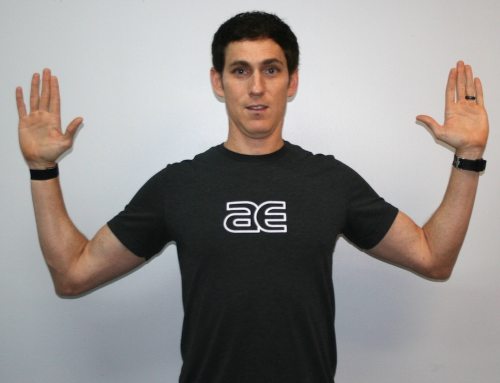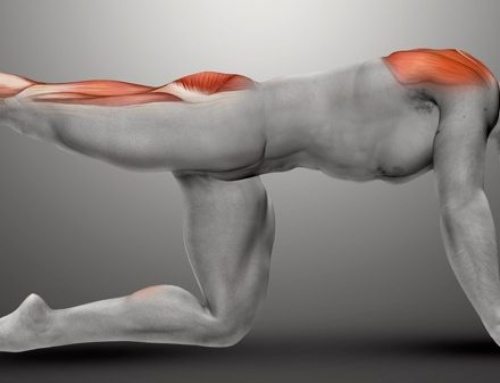By Joshua Stevens
Fat. No one likes the sound of that word, which is typically used to describe a body with unwanted weight and an undesirable shape. Why does fat have such a bad reputation? Largely because we equate fat on our bodies with fat on our plates. It is not the same thing. It’s the sugar (carbohydrates) that makes us gain unwanted pounds, and sets the stage for problems later on.
In fact, though, fat is a component of food we should adore and not live without. As athletes, it should be music to our ears. Burning fat for fuel allows us to be active longer. It bolsters our recovery by supporting tissue and cell repair.
There are good fats and bad fats, of course. Fried and processed foods contain trans and hydrogenated fats that are only partially digestible. Udo Erasmus, an author and expert on human fat consumption (“Fats That Heal, Fats That Kill”), explains that these fats are not well-utilized by the body and cause free-radical damage.
Because trans fats are chemically altered from their healthier cousins cis-fats, trans fats are not a good physiological “fit,” as a key would fit a lock. So, wherever fats are used in the body, this inferior fit may manifest in more rigid cell membranes, degraded enzyme, and poor elimination of fats from the blood stream. This even can be a proponent of atherosclerosis, according to a study published in the European Journal of Nutrition in 2004. Avoiding margarine, shortenings, and fried foods can reduce the risk for these problems, according to the Centers for Disease Control and Prevention.
On the other hand, good fats like extra-virgin olive oil, coconut oil, and peanut oil are great for saute cooking or stir-frying veggies. These sources contain both saturated and unsaturated fats, both of which are needed for fuel in the form of medium-chain triglycerides (labeled as MCTs on some bottles) and for cell membrane repair in the form of cholesterol. That’s right, folks, cholesterol is good for you. It is the starting product for all the hormones in your body and the building block for cell membranes. Most of our cholesterol (about 70%-80%) is made in our liver. Eating good fat sources and exercising keeps the good cholesterol (HDLs) high and the bad (LDLs and VLDLs) low.
Fat is the best source of energy. Carbohydrates come to mind when we think about energy sources. Using 1 gram of fat for energy, we get almost three times the energetic value of 1 gram of carbs. The trick to burning fat for fuel is first, consume the right sources of it and second, run or bike slowly. Slower, more aerobic activity burns more fat. The harder you go, the more you shift from fat-burning to sugar-burning activity (anaerobic).
Eventually, you will be able to race faster and longer while burning fat for fuel. You will become less dependent on your limited sugar stores in your body and refueling with sugary foods and drinks. So embrace the good fats and the slower training, and enjoy a speedy spring or summer race season. (For more details on this type of training, refer to “In Fitness and in Health,” by Dr. Philip Maffetone).
# # #
Joshua Stevens, D.C., is a holistic chiropractor in Chapel Hill and Durham, where he utilizes chiropractic, acupuncture, detoxification, nutrition, and cold laser therapy with patients. A two-time Ironman finisher, he focuses on racing cyclocross and mountain bikes … much easier!





